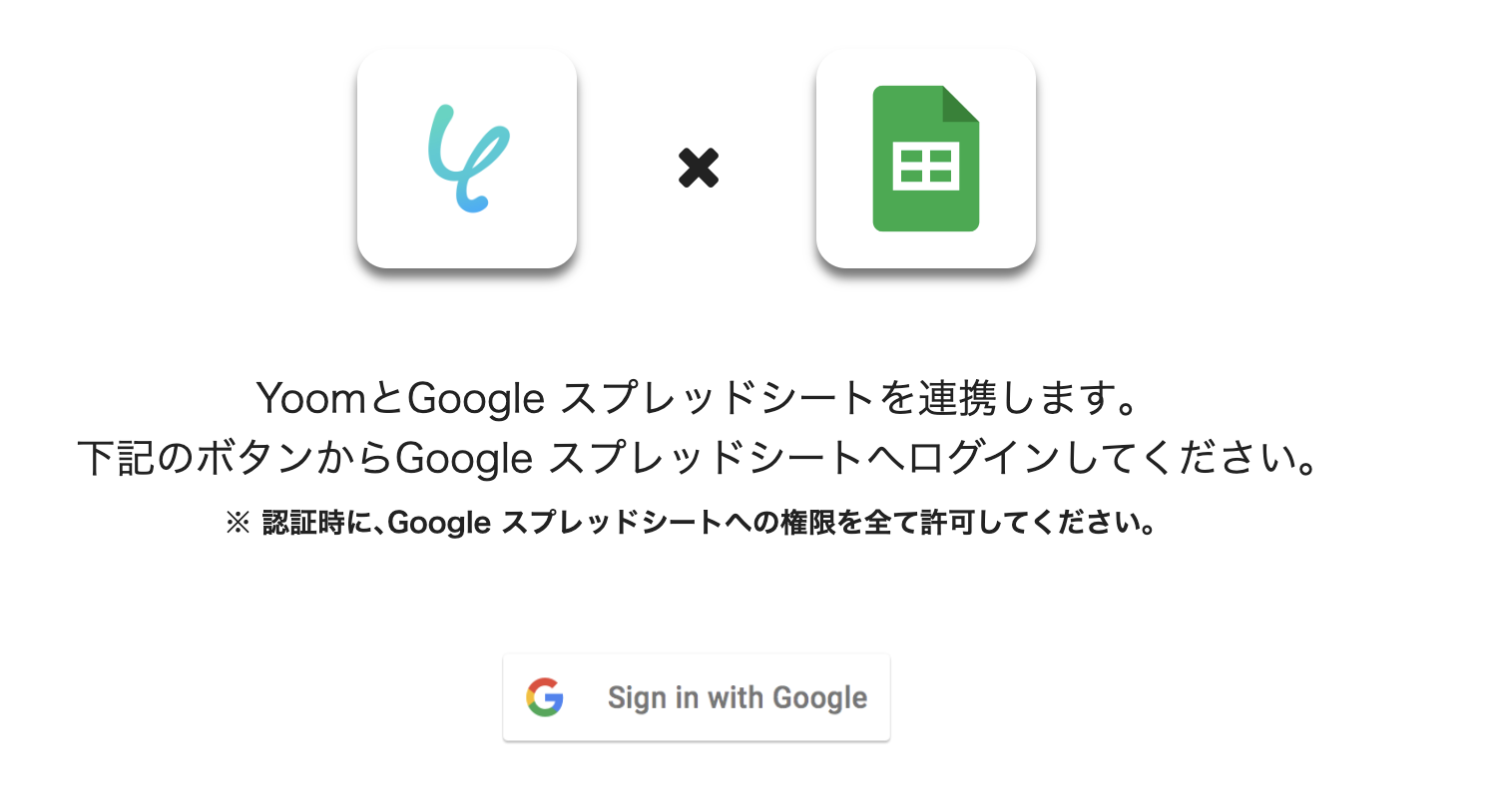How to Create a Workflow Integrating Google Sheets, Zoom, and Outlook
The process to complete the workflow will proceed as follows.
・Integrate Google Sheets, Zoom, and Outlook with My Apps
・Copy the template
・Set triggers in Google Sheets and configure various operations in Zoom and Outlook that follow
・Turn on the trigger and confirm the actual activation
Now, let's establish new connections for the apps to be integrated.
・Integrate Google Sheets and Zoom with My Apps
(1) First, connect Google Sheets to My Apps.
After logging into your Yoom account, click "My Apps" on the left panel and search for Google Sheets from "New Connection".

Search for and click on the Google Sheets app icon.


(2) Click "Sign in with Google" to move to the account selection screen, and choose the account you want to integrate from the right management account.
After selection, proceed to the sign-in screen and complete the authentication.
The first Google Sheets connection is now complete.
(3) Next, integrate the Zoom app.
Select Zoom in the same way as registering Google Sheets with My Apps.

(4) Enter the "Client ID" and "Client secret" of the Zoom you want to integrate.
Detailed steps for registering Zoom (OAuth) with My Apps are described on this page.
After entering the information, click [Add].
(5) The Zoom app connection is complete, so let's connect the third app, Outlook.
Search for and click the Outlook app icon in the same way.
(6) Clicking the Outlook app icon will take you to the sign-in screen, but no operation is required, and the connection will be completed instantly.
・Microsoft365 (formerly Office365) has a home plan and a general business plan (Microsoft365 Business), and if you are not subscribed to the general business plan, authentication may fail.
If the settings are done correctly, you will be taken to the My Apps screen of your Yoom account with the three apps added.
Now, the three apps are connected to your Yoom account.
After confirming that the new connection of the target apps to the Yoom account is complete, click the icon for "Try this template" in the template below.














.avif)

























.avif)

.avif)





